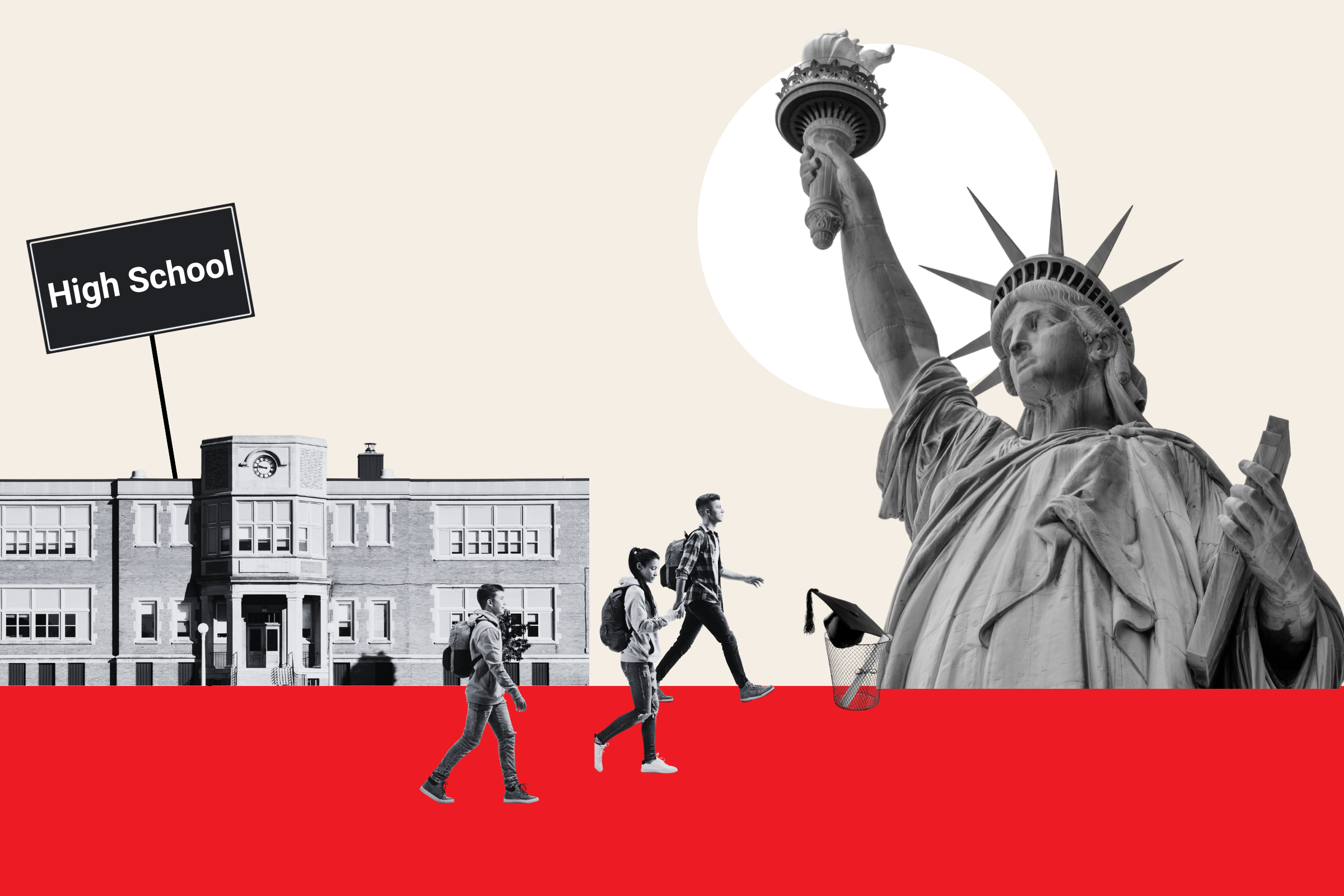The latest Google Doodle marks the start of winter in the Northern Hemisphere coinciding with Saturn and Jupiter nearly overlapping in the sky, creating what has been dubbed a "Christmas Star."
The Doodle features a cartoon Saturn swooping down in the night sky to give Jupiter a high five, with the Earth jumping up while wearing a hat.
On Monday, Saturn and Jupiter will be at their closest for 400 years in what is known as a "great conjunction." Their proximity will make them look like a shining double planet. This event has not happened at night for nearly 800 years. It will be visible to almost anyone in the world, according to NASA. Although appearing very close as we look up from Earth, the planets will still be hundreds of millions of miles away from each other in space.
Those who want to see the great conjunction should find somewhere with a clear view of the sky, like a field or park, an hour after sunset. Look to the southwestern part of the sky, where Jupiter will appear bright and Saturn will be slightly less visible to its left.
Explaining the phenomenon, NASA astronomer Henry Throop said in a statement: "You can imagine the solar system to be a racetrack, with each of the planets as a runner in their own lane and the Earth toward the center of the stadium.
"From our vantage point, we'll be able to be to see Jupiter on the inside lane, approaching Saturn all month and finally overtaking it on December 21."
The fact that this rare celestial event is happening on Winter Solstice, the shortest day of the year, is a happy accident.
Throop said: "Conjunctions like this could happen on any day of the year, depending on where the planets are in their orbits.
"The date of the conjunction is determined by the positions of Jupiter, Saturn, and the Earth in their paths around the Sun, while the date of the solstice is determined by the tilt of Earth's axis. The solstice is the longest night of the year, so this rare coincidence will give people a great chance to go outside and see the solar system."
As if that wasn't enough for skywatchers, the annual Ursid meteor shower is due to peak on the night of December 21-22. At its most active point, it may be possible to see five to 10 meteors per hour.

Uncommon Knowledge
Newsweek is committed to challenging conventional wisdom and finding connections in the search for common ground.
Newsweek is committed to challenging conventional wisdom and finding connections in the search for common ground.
About the writer
Kashmira Gander is Deputy Science Editor at Newsweek. Her interests include health, gender, LGBTQIA+ issues, human rights, subcultures, music, and lifestyle. Her ... Read more
To read how Newsweek uses AI as a newsroom tool, Click here.





